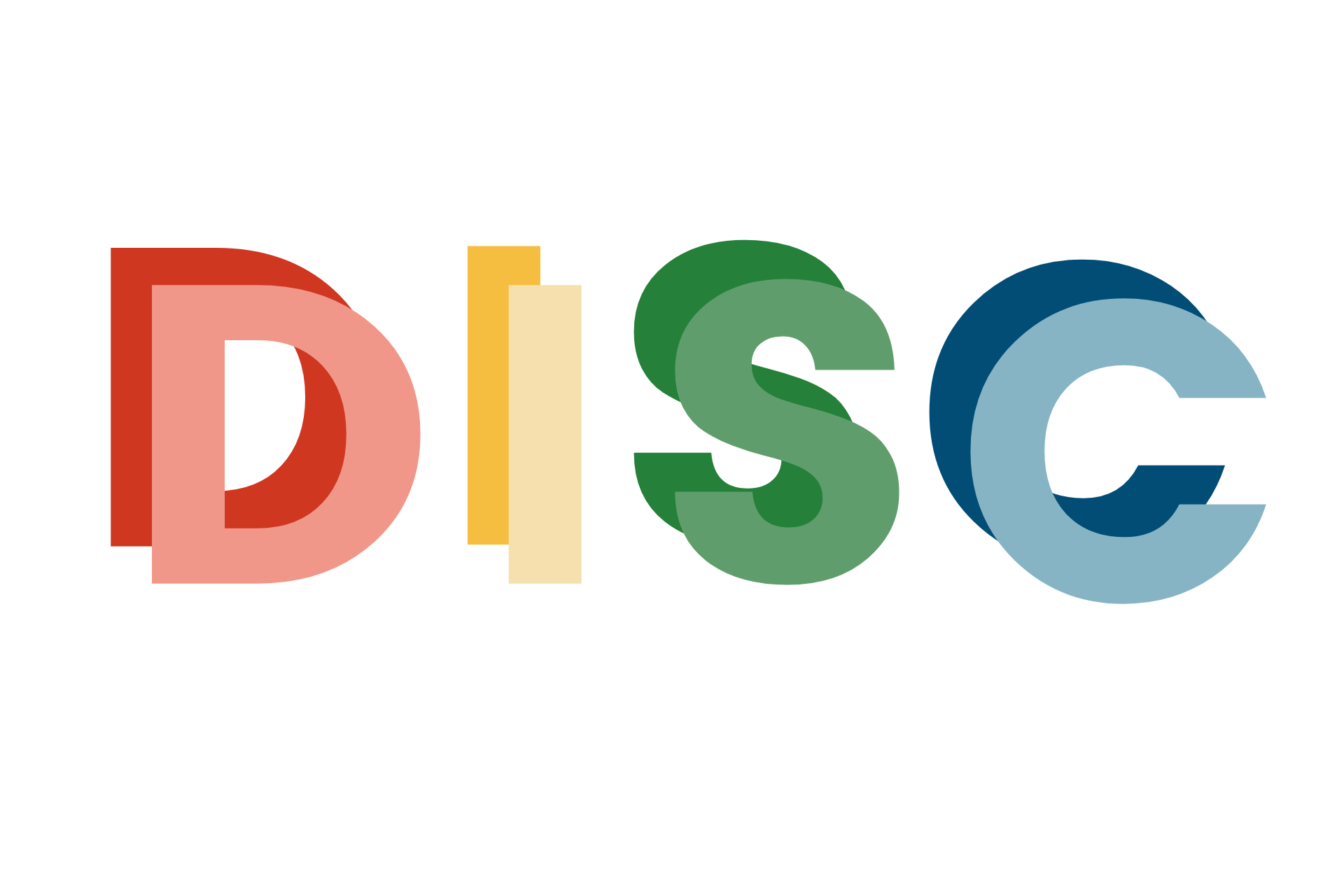Communication Styles in the Workplace

The workplace has an employee-employer relationship problem. And it’s starting to show in the numbers. A mere 13% of employees say they are fully satisfied with their jobs. Less than 20% are wholly engaged at work. Even more disturbing is that only 60% feel they understand what’s expected of them. Clearly, effective communication styles in the workplace are lacking.
Of course, conversation styles will vary. However, even positive messages aren’t getting through, with only 30% of employees agreeing they received recognition for their contribution to their organization or that their opinion even matters. Of those who left their jobs, nearly 40% cited a toxic work environment as the reason they left.
It’s imperative to recognize the importance of communication styles in the workplace. The risk of ignoring it is low engagement, poor performance, and a higher turnover rate. It’s critical for clarity and defined job expectations. The pandemic only added fuel to the fire as employees began reassessing their lives and goals. The “Great Resignation” was the result.
Why Is Understanding Different Communication Styles Important?
The communication styles in the workplace can have a profound effect on employer-employee relations. Whether the pandemic instigated it or not, the fact remains that only 30% of workers fully trust their employers. Friction may occur between team members with different communication styles. Nevertheless, it’s vital to inspect the soft skills that affect interpersonal communication. They include things such as:
- Conflict resolution
- Compromise
- Motivation
- Listening
- Leadership.
Empathy is another trait that is critical to optimal communication activity. According to studies, only 25% of employees feel that their employers understand them. Surprisingly, 68% of CEOs worry they’d be less respected by their staff if they show these feelings. The disconnect couldn’t be more telling.

What Are the Four Basic Communication Styles?
We can break down how we interact with one another into four styles of communication. They include:
- Passive: Places other people’s needs first over theirs
- Aggressive: Demands to be heard and their needs met
- Passive-Aggressive: Puts on a passive front that belies their true feelings
- Assertive: Empathizes with others while not losing sight of their needs.
Knowing your workplace communication styles can directly impact your relationship with management and your co-workers. It can affect your job performance, teamwork, and job satisfaction. It is a necessary step of self-awareness that can have far-reaching effects at work and in your life. Emotional intelligence is impossible without it.
Being Assertive vs. Aggressive
t’s easy to confuse being assertive with communicating aggressively. Confidence is a commonality with both. However, differences exist between these interpersonal communication styles in the workplace. The former respects others and uses active listening. The latter won’t hesitate to share their thoughts and feelings—even at the expense of others—to get their way.

What Are Four Different DISC Personality Types?
American psychologist William Moulton Marston gave us another way to put the four communication styles in context with our personalities. The DISC theory states that there are also four main personality types, which include:
- Dominant: Strong-willed with a take-charge attitude
- Influence: Enthusiastic individual who is positive and motivating
- Steady: Diplomatic and self-possessed
- Conscientious: Analytical and focused on clarity.
Most people are more than one type. One may come to the forefront in specific social situations or with certain people. You may have a work persona versus the one you show at home or with close friends.
How Do Personality Types Impact Our Communication Style?
Undoubtedly, you’re well aware of the hot buttons of the people with whom you interact, which shape your communication style and content. After all, rarely is one’s way of conversing universal in all situations and relationships. You can think of personality as the Swiss Army Knife and communication, the tool you use in various circumstances.
Personality also comes into play with non-verbal communication. Your words may say one thing, but your body is like the proverbial picture that tells a thousand other things. A smile when you agree or approve of something reinforces the message you’re conveying. Likewise, folded arms or lack of eye contact may reveal what’s going on under the surface.
The takeaway is that knowing one’s personality and communication styles in the workplace are only the tip of the iceberg. Whether you’re an employee or employer, you must also pay attention to the unspoken signs your body is sending. You’re more likely to build trust and deepen relationships if you don’t send mixed signals.
Communicating With Different Styles and Personality Types
You’ll likely find that you get along with some interpersonal communication styles in the workplace better than others. Your significant other or BFF are excellent examples from the home front. The same thing will apply on the job. However, there are several things that employers must realize to keep communication channels open on all scores.
Management must understand that there isn’t just one way to interact with their staff. That’s where recognizing both your and others’ personalities and communication styles can help leaders tailor their communication styles in the workplace to fit the situation. Remember that communication differences between genders exist that you should also consider. Understanding your audience is critical.
Other types of communication styles are worth mentioning as it relates to personality. Another way to view them is:
- Direct
- Analytical
- Collaborative
- Expressive
Direct communicators shun fluff and just want the facts. They are not hesitant about sharing their thoughts in return. They can come across as overly assertive or aggressive. These individuals want clear expectations and goals. The best way to work with these people is to elicit their feedback and listen to what they can bring to the conversation.
On the other hand, analytical communicators are all about data and the finer points. They’re not dreamers but instead are numbers people. They may seem emotionless, but the wheels are turning all the time. Whereas others may find reaching the goal satisfying, analytical communicators are focused on the journey. They are the critical thinkers of your team that are best employed in this endeavor.
Collaborative communicators resemble assertive ones. They believe in the value of everyone’s contribution. They are the ultimate team players. The most effective way to work with these individuals is by putting them on group projects with a defined deadline. Their communication style will ensure that everyone has input, an excellent morale booster.

How to Communicate With Passive Communicators
The hallmark of passive communicators is that you’re likely not getting the whole story. They fall under this umbrella for a reason—they’re holding back from sharing their needs. That can become an obstacle when you try to have an open dialogue with these individuals. Behavioral clues of these staff members include:
- Lack of eye contact
- Soft voice
- Inability to say no
- Submissive posture
The risk with dealing with these individuals is resentment. Unshared feelings are the fodder. The best way to interact with a passive communicator is to try to tease out those unspoken words with questions. Solicit their opinions and feedback without rushing their responses. One-on-one sessions are often a practical approach to making them feel more comfortable expressing themselves.
How to Communicate With Aggressive Communicators
Aggressive communicators present a challenge to management. You’re faced with the dual task of diffusing their volatile emotions while trying to keep yours under control. It’s also the proverbial double-edged sword. These individuals are often dominant people, which isn’t always bad. It just needs to be channeled properly. Traits of this communication style are:
- Confrontational
- Interrupts others
- Doesn’t practice active listening
- Demanding
You should always try to remain calm when dealing with an aggressive communicator. Keep things professional and avoid going down emotional pathways. It’s imperative to stay in control of these conversations. You’ll also find it helpful to keep on top of any signs of conflict to avoid escalating, even if it means walking away from a situation.
How to Communicate With Passive-Aggressive Communicators
The term passive-aggressive describes what you see on the surface versus what’s going on inside the individual. Passive-aggressive communicators may appear to agree and, at the same time, hold back concerns and reservations, making it difficult to get to the root of the issue. Paying attention to non-verbal communication and body language can help you spot a passive-aggressive communicator. Signs include:
- Sarcastic comments
- Not participating in discussions
- Folded arms, crossed legs
- Under-the-breath comments
Managers must employ the techniques of dealing with aggressive individuals in these cases. Remember that conflict is seething below the surface. Stay calm and on point when dealing with passive-aggressive communicators. However, it’s also vital to understand what they’re feeling. Giving them an opportunity to express their concerns and validate them can go a long way toward resolution.
How to Communicate With Assertive Communicators
Assertive communicators are the epitome of professionalism. They respect others and try to understand them. They also communicate their feelings without blaming or accusing others. These individuals are team players. They just need to know what’s expected of them. It’s also helpful to encourage them to share their ideas. Other traits you’ll see in these communicators are:
- Confident
- Evident self-esteem
- Positive attitude
- Frequent eye contact.
The best thing about dealing with these individuals is that they are willing to talk and have a professional conversation. Being assertive yourself will gain their respect for a meaningful dialogue. You’ll likely find that these people can bring new and creative ideas to the table.
How Do You Deal With Manipulative Communicators?
A fifth communication style also exists that will provide other challenges for leaders. These individuals are goal-oriented. The problem is that they’ll use deceptive means to achieve them. It’s essential to redirect these negative approaches into something positive. That means paying attention to the clues before they begin to sour the work environment. The traits of these communicators include:
- Confusing reasoning
- Patronizing attitude
- Failure to answer questions directly
It’s vital to stand your ground with manipulative communicators. While criticizing them can become confrontational, you should assert yourself. Remember that they are focused on their goals, which may align with yours. However, dealing with these people means tapping into your soft skills of conflict resolution and problem-solving to stay the course.
What Does the Standard Communication Style Say About Corporate Communication?
Leaders should make effective and productive communication a priority in the workplace. It’s evident if the employees and employers are on the same page if they are working toward the same goals. Engaged workers understand that they have skin in the game if an organization meets its milestones. They are more productive and have a higher performance level. Better job satisfaction is the outcome.
Employers and employees aren’t too far apart in what they want from their jobs. Both understand that productivity is the goal. Workers want the tools and training to do their best. Engagement is one of the best ways to ensure clear communication exists across the board. A high percentage of actively engaged employees offers proof that the corporate communication style works.
Communication Activities That Can Encourage People to Talk
It behooves management to incorporate ways to encourage their staff to communicate more effectively to prevent many causes of organizational stress. Doing so will foster a better corporate culture. Having an open-door policy is an excellent way to stimulate conversation. Organizations can also make it fun with communication activities. Corporations must recognize they’re not faceless entities: they are people.
Leaders should offer communication styles in the workplace training to help managers build the soft skills they need to motivate their teams. Understanding their people can have profound impacts on productivity, performance, and attrition. It could be as simple as identifying employees in a four communication styles worksheet. It will foment awareness for more constructive discussions.
Final Thoughts
Corporate culture is evolving due to the pandemic and employees’ reassessment of their careers and work-life balance. Remote work is here to stay, bringing new challenges with the communication styles in the workplace. Employers must follow the tide and strive to understand their people and needs better. Workers want and expect as much.
The percentage of actively engaged workers has been on a downward trend since 2010. The “Great Resignation” was a wake-up call for employers to do their own reassessment, beginning with how they communicate to their staff. It isn’t a one-size-fits-all proposition either. Leaders must reach out to the individual to build a solid foundation for their culture of collaboration.
Free Preview
Sign up now and get access to our Free Preview as well as the freshest tips and tricks delivered to your inbox once a week. Our weekly newsletter is trusted by thousands of managers, executive leaders, and learning & development professionals.
We hate SPAM. We will never sell your information, for any reason.




